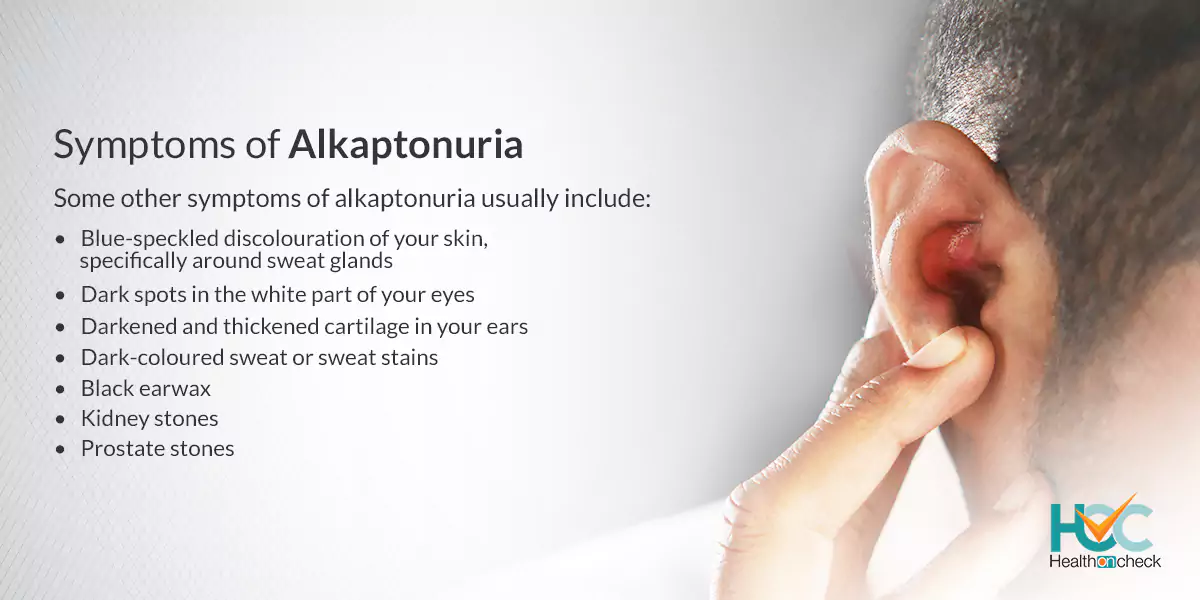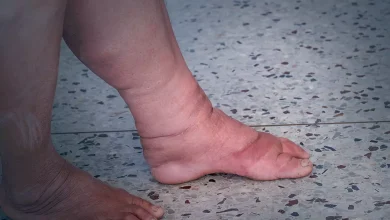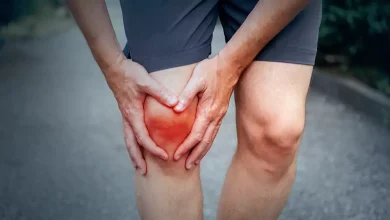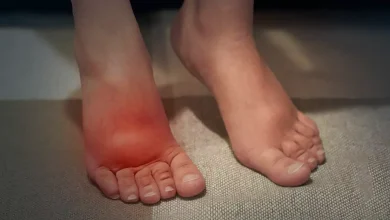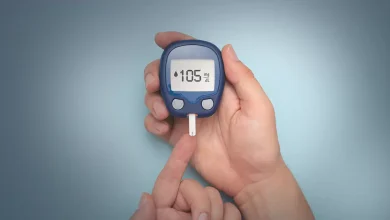What is Alkaptonuria?
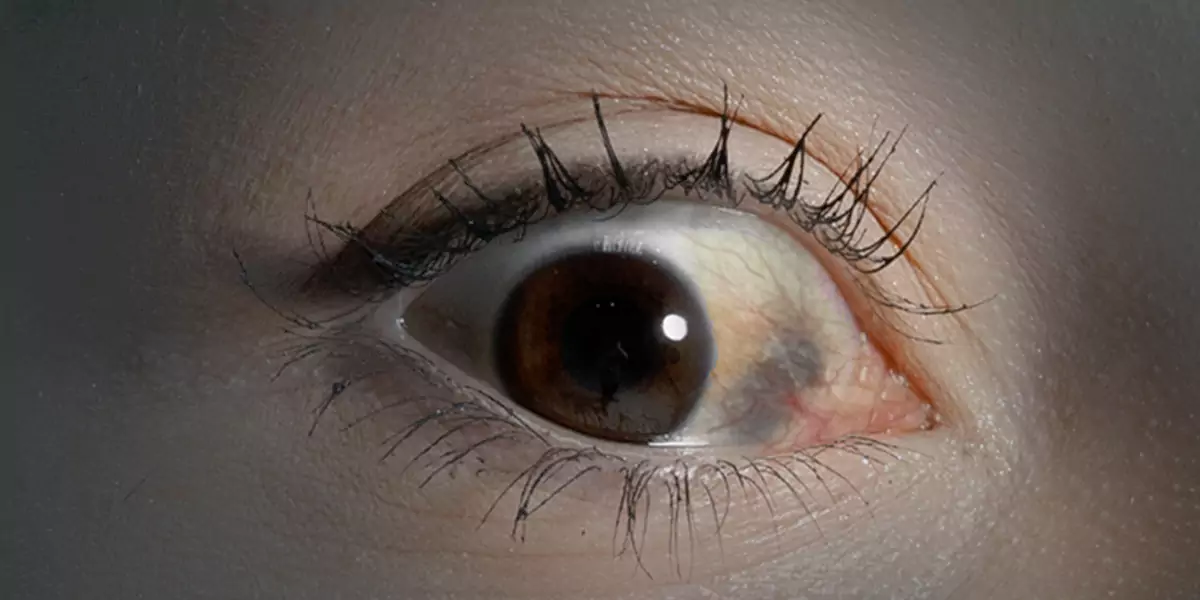
Alkaptonuria is a rare inherited disorder that occurs when your body is incapable of producing the required level of an enzyme called homogentisic dioxygenase (HGD). The function of this enzyme is to break down a toxic substance known as homogentisic acid and when your body is not producing enough HGD, homogentisic acid accumulates in your body. The accumulation of homogentisic acid leads to your bones and cartilage becoming brittle and discoloured. This generally causes osteoarthritis, especially in your large joints and spine. The urine of people with alkaptonuria turns dark brown or black when it’s exposed to air.
What are the Symptoms of Alkaptonuria?
The earliest signs of alkaptonuria are dark stains on a baby’s diaper. Symptoms become more obvious as you age, especially your urine might turn dark brown or black when it’s exposed to air. By the time you reach your 20s or 30s, you might see signs of early-onset osteoarthritis.
For instance, you might experience chronic stiffness or pain in your large joints or lower back.
Some other symptoms of alkaptonuria usually include:
– Dark spots in the white part of your eyes
– Darkened and thickened cartilage in your ears
– Blue-speckled discolouration of your skin, specifically around sweat glands
– Dark-coloured sweat or sweat stains
– Black earwax
– Kidney stones
– Prostate stones
What are the Causes of Alkaptonuria?
The mutation of the homogentisate 1,2-dioxygenase (HGD) gene usually causes alkaptonuria. The HGD gene contains commands for producing (encoding) an enzyme called homogentisate 1,2-dioxygenase. This enzyme is required for breaking down the homogentisic acid. Mutations of the HGD gene cause deficient levels of functional homogentisate 1,2-dioxygenase, which, in turn, causes excess levels of homogentisic acid. Although the kidneys rapidly clear the homogentisic acid from the body. It also slowly builds up in the several tissues of the body, particularly in the connective tissue like cartilage. Over a period, it finally changes the colour of the affected tissue to black or slate blue. The long-term, chronic build-up of homogentisic acid ultimately weakens and harms affected tissue and causes various characteristic symptoms of alkaptonuria.
What are the Risk Factors of Alkaptonuria?
Alkaptonuria is inherited as an autosomal recessive trait. When someone inherits the same abnormal gene for the same trait from each parent recessive genetic disorders occur. If a child receives one normal gene and one gene for the disease, then the child will be a carrier for the disease, but generally won’t show symptoms. The risk for two carrier parents to both pass the defective gene to their child increases by 25 percent with each pregnancy. The risk of having a child who is a carrier like the parents increases by 50 percent with each pregnancy. The risk for a child to get normal genes from both parents and be genetically normal for that particular trait is 25 percent. For both males and females, the risk of getting this disease is the same.
What are the Complications of Alkaptonuria?
Alkaptonuria can result in heart problems because the accumulation of homogentisic acid makes your heart valves hard which can create problems from closing properly, causing aortic and mitral valve disorders.
In many cases, heart valve replacement might be needed. The buildup also leads to your blood vessels becoming and increases your risk of high blood pressure.
In nearly 50% of older adults with alkaptonuria, the build-up of homogentisic acid in the cartilage leads to arthritis.
Some complications of alkaptonuria include:
– Arthritis in your spine, shoulders, hips, and knees
– Your Achilles tendon being teared
– Your heart’s aortic and mitral valves become hard
– Hardening of your coronary arteries
– Kidney and prostate stones
How Alkaptonuria is Diagnosed?
If you have been noticing that your urine is turning dark brown or black when it’s exposed to air, then it may be a sign of alkaptonuria. If you develop early-onset osteoarthritis then also your doctor might ask you to go for tests to diagnose alkaptonuria.
A test known as gas chromatography might be carried out to detect traces of homogentisic acid in your urine along with a DNA test to check for the mutated HGD gene.
Your doctor might get information about your family medical history as it is very useful for the diagnosis of alkaptonuria. However, many people might not be aware that they carry the gene. Your parents may be carriers without realising it.
In people over the age of 40, echocardiography might be prescribed for detecting potential cardiac complications like calcification, aortic dilation, or regurgitation of the aortic or mitral valves. Sound waves are bounced off the heart (echoes), with echocardiography which enables doctors to study cardiac function and motion.
Computed tomography (CT) scan might also be prescribed to diagnose coronary artery calcification.
What are the Treatment Options Available for Alkaptonuria?
There’s no specific treatment available for alkaptonuria and treatment is usually focused on managing symptoms.
Various therapies have been tried but unfortunately, they have not been effective and might be unhelpful or even harmful in the long term.
The treatments for alkaptonuria are mostly used for preventing and relieving possible complications, including:
– Arthritis
– Heart disease
– Kidney stones
Your doctor might recommend anti-inflammatory medications or narcotics for joint pain. Physical and occupational therapy might help provide strength and flexibility to your muscles and joints.
Your doctor might advise you to avoid tasks that put a lot of strain on your joints, and at some point, you might require surgery or other therapies to treat chronic kidney or prostate stones.
Some people might experience an accumulation of homogentisic acid in cartilage, leading to arthritis. Because of this, people with alkaptonuria might require a knee, shoulder, or hip replacement.
You might also need surgery for replacing your aortic or mitral heart valves, in case they are not functioning properly.
Living with Alkaptonuria
The life expectancy for people with alkaptonuria is quite normal but it puts you at an increased risk of some disorders. Most of these complications can be averted with regular checkups and treatments and you will monitor you regularly for checking your progress. Tests to monitor the progress of your condition usually include spinal X-rays, chest X-rays, CT scans, etc.
Whom to Consult
If you notice symptoms of alkaptonuria, especially the colour of urine becoming dark when exposed to air, then you should consult with your doctor. Your doctor will make a diagnosis of your condition and if you are diagnosed with alkaptonuria, then your doctor will create a treatment plan to control and manage the symptoms of this condition.

